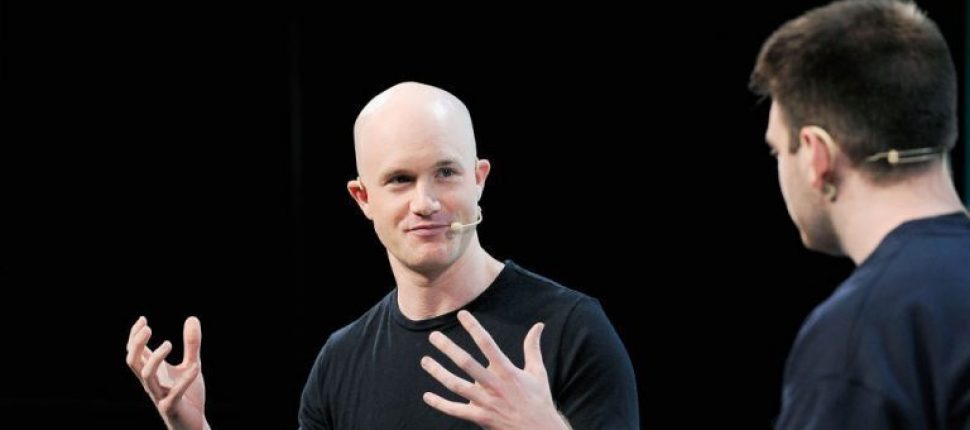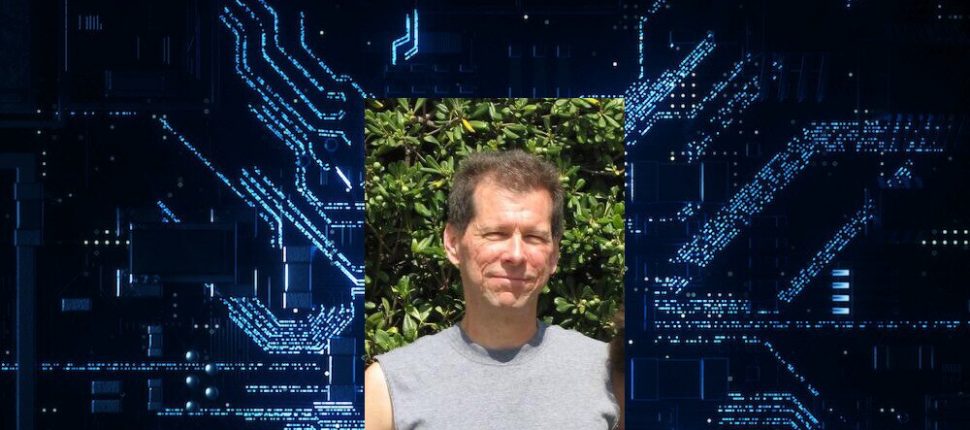- >News
- >Crypto Characters: Was David Chaum Actually the Start of the Bitcoin Movement?
Crypto Characters: Was David Chaum Actually the Start of the Bitcoin Movement?
Computer scientist and cryptographer David Chaum has been working towards anarchic freedoms for the past 30 years. He has ridden shotgun alongside the cypherpunk movement and probably Satoshi himself, inventing such technologies as mix network (1981), blind signature (1982), the first anonymous cryptocurrency ecash (1983), untraceable emails (1988) and DigiCash (1994) on his way.
It’s hard to imagine Bitcoin existing in its current state without pioneers like Chaum who blazed the trail in the early days of computing.
From this article, you’ll learn all the essentials about David Chaum and his contribution to the crypto community.
Early Days
David Chaum was born in 1955 to Jewish parents in Los Angeles, California, and as you can learn from his personal website, has a number of achievements.
After obtaining his PhD in Computer Science from UC Berkeley, he founded the International Association for Cryptologic Research, the cryptography group at the Center for Mathematics and Computer Science in Amsterdam, DigiCash, the Voting Systems Institute and the Perspectiva Fund.
Interestingly, he was working on all of those projects on the sidelines of developing all the cryptographic protocols that made him famous — yes, when you start learning all about David Chaum, he comes across as a busy man.
For example, over the past several years he has worked on a few projects all at once: Praxxis and Elixxir are all parts of one quantum-proof blockchain network with a unique consensus mechanism and messaging functionality, as for PrivaTegrity, it is an anonymous system like Tor or I2P that, according to Chaum, will work as fast as a smartphone app.
So, why do Chaum’s achievements matter? Before we get on with the technical side of the question, here goes a short parenthetical remark that might give all the big picture.
Crypto Wars
As Wikipedia reminds us, in the days of the Cold War, the U.S. has developed an elaborate series of export control regulations designed to prevent a wide range of Western technology from falling into the hands of others, particularly the Eastern bloc. The encryption technology (techniques and crypto software) was included as a Category XIII item into the United States Munitions List.
With that said, being a cryptographer in the early 80s meant being watched and pressured into signing secrecy orders and keeping silence about your work. So, in fact, everything started because David Chaum and his colleagues were feeling like they were under surveillance more and more.
There were no mass-market mobile phones accessible to every household back then, no Edward Snowden or the Internet, but Chaum had already recognized that in the future world governments would carry out mass surveillance, pumping gigabytes of traffic on each of us every second, doing with it whatever they want.
Forty years ago he was driving along the coastline from Berkeley to Santa Barbara in his VW camper van — but in his mind he was not in California but far ahead in the future — when he experienced a eureka moment. The idea? “Shuffling” incoming messages from multiple senders and sending them back in random order could confuse those eavesdropping.
This is how mix networks saw the light of day for the first time.
Mix Networks (1981)
To provide a practical example of mix networks right at once and describe the extent to which Chaum has contributed, think of Tor, the anonymity network.
In Tor, the communication protocol between nodes is nested like the layers of an onion. The network encrypts the next node destination IP address and sends it through a virtual circuit of random Tor relays. The final relay decrypts the innermost layer and sends data to its destination without knowing the source IP address.
The network surveillance that normally relies upon knowing the source and destination at this point can’t spot neither a sender nor a receiver. Because the link between them was broken by these crafty proxy servers mixing things up.
Guess who has invented the servers that take in messages from multiple senders, shuffle and encrypt them to send back in random order to the next destination? Right, David Chaum, in 1981.
Blind signature (1982)
Blind signature is a type of a digital signature used in the protocols where the signer and message author are different parties, mostly, in digital payment or voting systems.
So it goes. You want to vote for Billy Pilgrim to be a president of Tralfamadore, but it’s a private opinion of yours and only yours.
Tralfamadorians have verified that you can vote on their planet, they’ve sent you an envelope with your credentials pre-printed on the outside and via the carbon paper, signed the envelope transferring their signature to the ballot inside. Now you take out the signed ballot, vote and transfer this valuable information to a new unmarked envelope.
The outcome is simple: you’re verified to vote, they don’t know who you’ve voted for, and no greaser can mark your ballot. Go, Billy Pilgrim, or should we say, David Chaum?
DigiCash (1994)
DigiCash sparked in 1994 and was a form of electronic payment based on the ecash technology that appeared 10 years before. So how did the first anonymous digital payment protocol work?
Users had to download the eCash software to their computers, which minted 100 dd, or 100 digital dollars. In fact, those dollars were strings of numbers.
The program then scrambled the strings by adding a random number to them. The next step was to send the digital coins to the bank, and the bank blindly signed them in addition to subtracting one real dollar from the user’s account for each signed coin.
While you go online shopping, the vendors only have to verify with the bank that the coins were signed by the bank and never used before.
Now neither the vendor nor the bank knows who bought what – et voila, privacy!
DigiCash had accumulated five thousand users by the time it went bankrupt in 1998 and was used by Deutsche Bank as well as an American financial institution Mark Twain Bank. David Chaum has almost done it. The rumor has it that Bill Gates, Visa and investment firms were interested but nothing really came to fruition in terms of an offer or financial backing.
In many ways DigiCash is a direct precursor to Bitcoin.
Conclusion
Just like in 2008 the economic crisis pushed Satoshi to publish his whitepaper, what incentivized the development of the first digital payment protocol was the political environment, namely the Cold War.
David Chaum has invented mix networks that laid the foundation for anonymous internet surfing today, the blind signature technology that allows to save private data while actively participating in the social life and, finally, DigiCash, the payment system that combines all these elements like a puzzle. Sounds like Bitcoin Zero? Maybe because it is.



